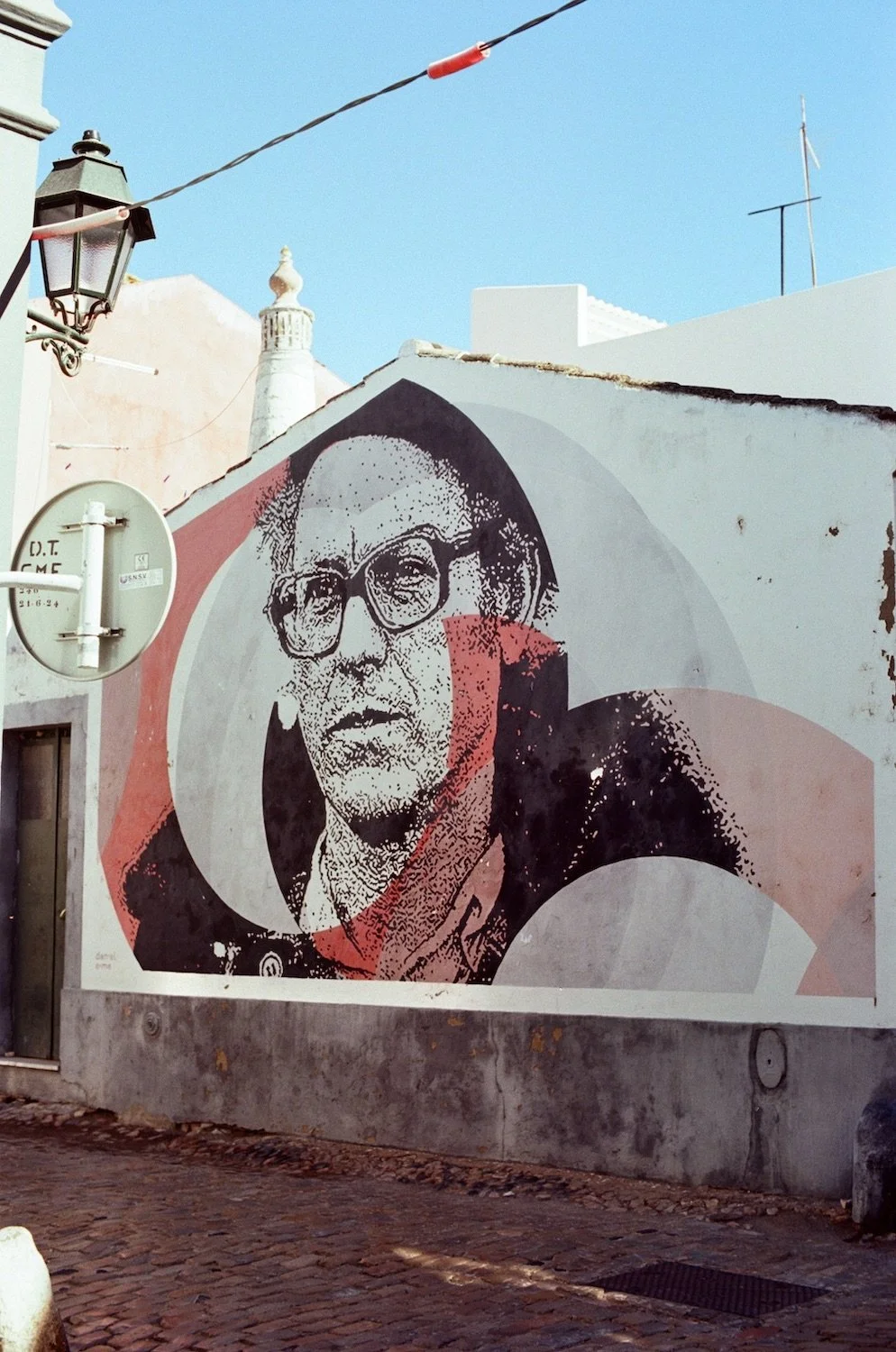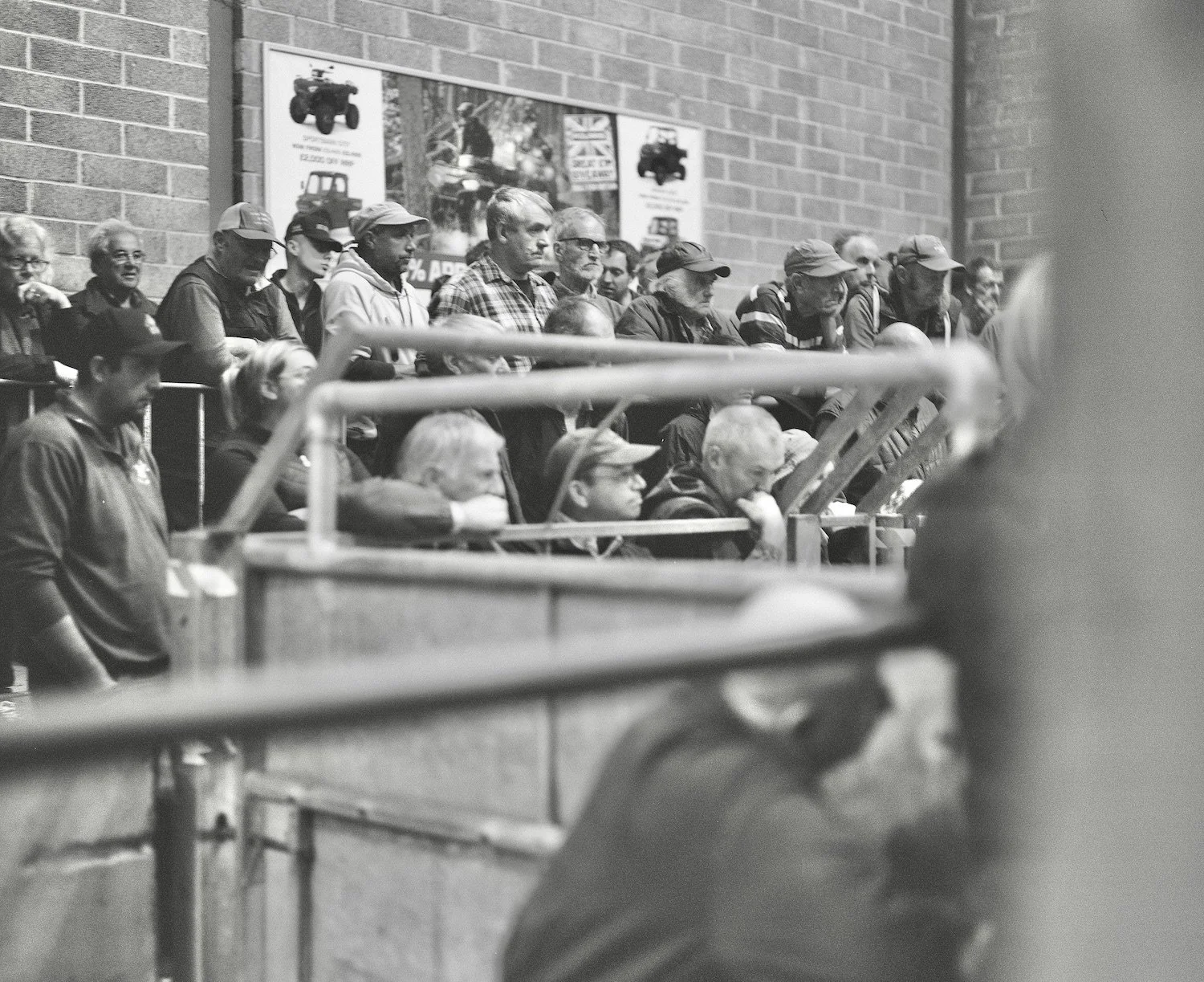If you’re a lover of colour stock to shoot with, then look no further than Kodaks Ektar. Its an epic film and handles colour so, so well. The more vivid colours you can find, the better. It mops it up. On a recent 48 hour trip to Faro my film choice for me was simple. Marry that up with one of Nikons most solid rigs, ie the F2, then what a partnership. Portugal is full of those solid mediterranean colours alongside great light and those beautiful blue skies.
The skies whilst I was there were just as you’d expect, bright and blue. Again, Ektar just loves this. Ive yet to find a colour stock that delivers for me in so many ways. I have in the past been a lover of Portra but that stock has a very netural and clinical look to it. I still love shooting it though.
Throughout Faro there are pockets of really decent street art along side some not so nice amateur juvenile tagging which spoils the towns good looks. It wasn’t long though before I came some sweet examples of quality street art. I was surprised though by their location, in the old town.
Film photography is all about what suits you best. There no such thing as the best film, just the best film that suits your needs. Enclosed below are a few more shots I took during that 48 hour trip.
As always, no PS, LR, presets or filters were used in any of my work. Something I stand by and will never change.
I thank you. RD





























